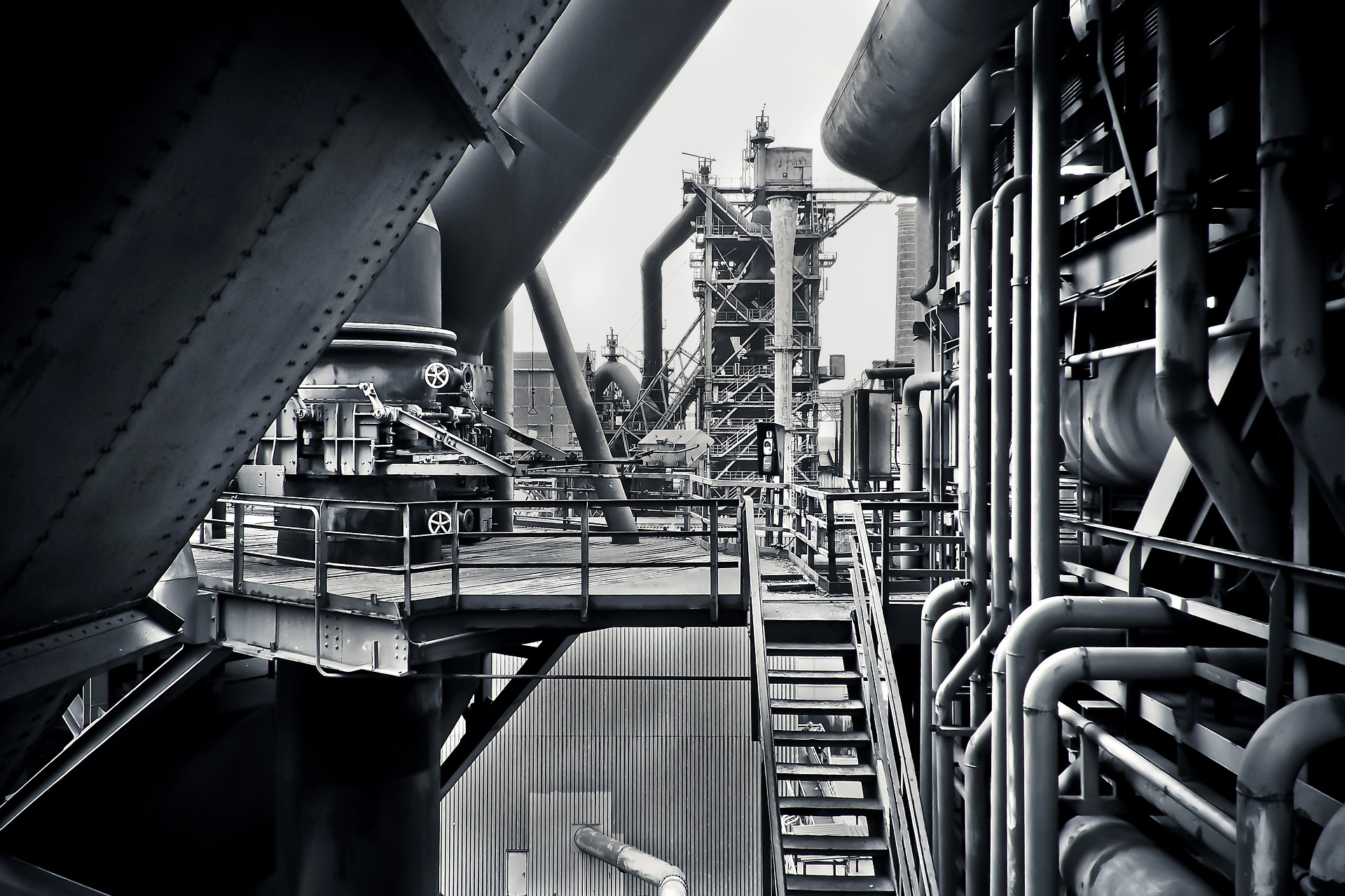Globally, the emission from the industrial sector is increasing due to the consumption of coal for heating applications. In 2020, the emission from the industrial sector is 34.07 billion metric tons up from 25.012 billion metric tons in 2000. The global commitment in Paris agreement has driven the world industrial sector towards an alternative fuel like green hydrogen. In the context of Nepal, the primary consumption of coal was 746 short tons in 2019 that was an 8.23% increment from 2000. Nepal Rastra Bank reports that the country imported coal worth Rs. 27.19 billion in the fiscal year 2020-2021. Looking at the brick industry of Nepal, coal is the dominant source of energy, which covers 96% of the energy used in brick production. Annually, 5.14 billion bricks that emit 1.3 million tonnes of carbon dioxide per year consume 504,750 tonnes of coal.

Green hydrogen may be a viable alternative fuel for Brick industries. Green hydrogen-based brick kiln comprises both the production and storage plant of the hydrogen as well as brick production plant. The green hydrogen is produced from electrolysis by utilizing water and renewable energy. The produced hydrogen is then, compressed at very high pressure and stored in the storage tank. Consequently, the hydrogen is oxidized to produce heat in the brick kiln. It is calculated that around 50 Kg of hydrogen is required to produce 60,000 bricks.
Other Showcase Projects

Green Hydrogen for Ammonia Production
Learn More

Green Hydrogen for
Re-electrification
Learn More

Green Hydrogen for Zero-Emission Transportation
See Profile
